Home>Garden Essentials>How Does A Rooftop Garden Function
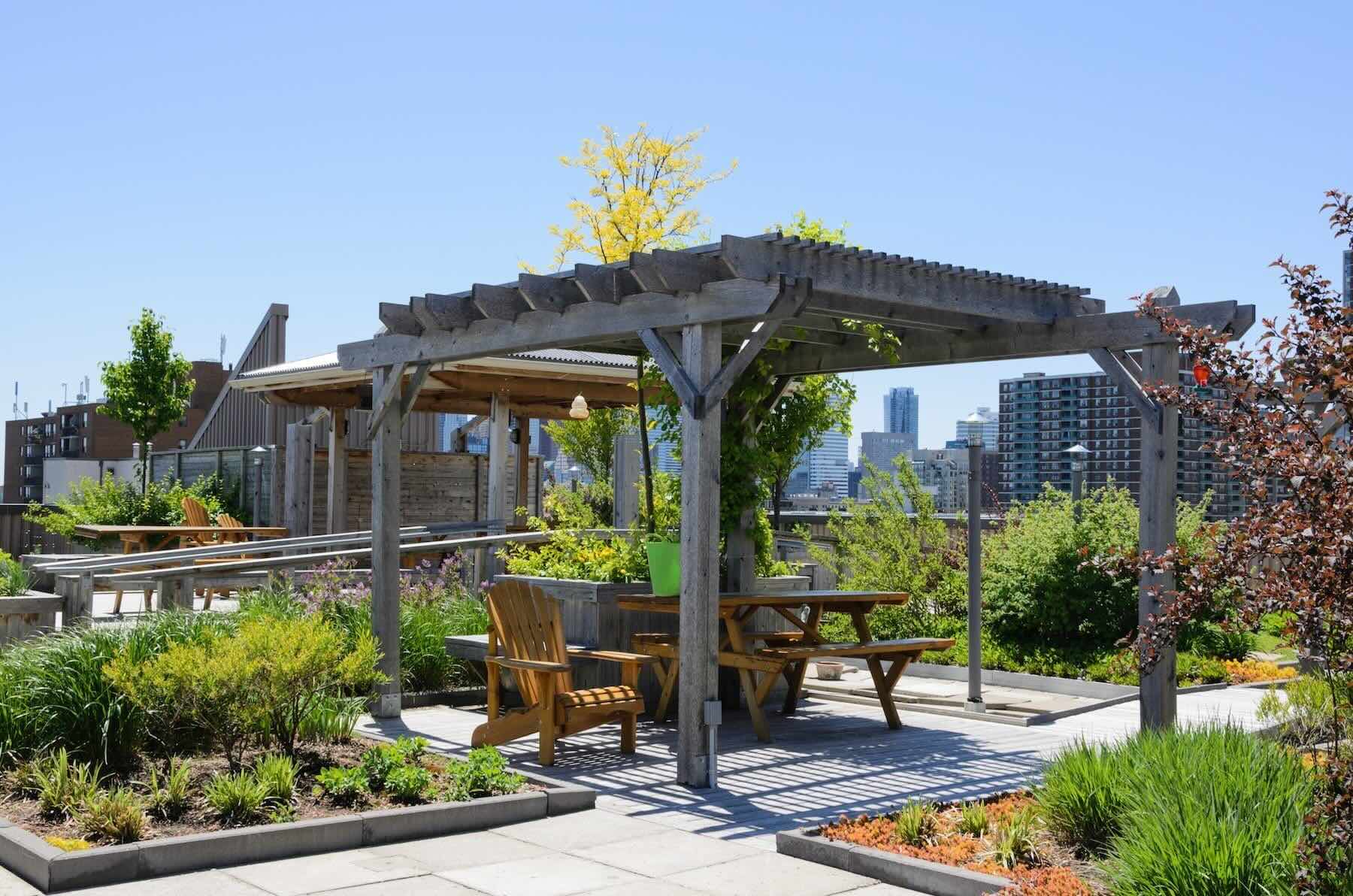

Garden Essentials
How Does A Rooftop Garden Function
Modified: March 7, 2024
Discover how a rooftop garden functions and enhances your living space. Create your own garden oasis with our expert tips and tricks.
(Many of the links in this article redirect to a specific reviewed product. Your purchase of these products through affiliate links helps to generate commission for Storables.com, at no extra cost. Learn more)
Introduction
Rooftop gardens have become increasingly popular in urban areas as people seek to maximize green spaces and embrace sustainability. A rooftop garden is a lush oasis perched above the hustle and bustle of the city, bringing nature back into our concrete jungle. But what exactly is a rooftop garden and how does it function?
A rooftop garden is a garden that is cultivated on the rooftop of a building. It can be created on residential, commercial, or institutional buildings, providing a unique and innovative way to utilize unused space. These gardens can vary in size, ranging from small patio gardens to extensive rooftop landscapes. Rooftop gardens offer an array of benefits, from improving air quality to reducing energy consumption, making them a valuable addition to any urban environment.
One of the key benefits of rooftop gardens is their ability to mitigate urban heat island effect. In urban areas, concrete and asphalt absorb heat, causing temperatures to rise significantly. Rooftop gardens act as natural insulators, reducing the amount of heat that buildings absorb and releasing it back into the atmosphere through the process of evapotranspiration. This helps to cool down the surrounding area and create a more comfortable microclimate.
Furthermore, rooftop gardens improve air quality by capturing pollutants and filtering out harmful gases. Plants naturally absorb carbon dioxide and produce oxygen, helping to reduce greenhouse gas emissions. The plants also act as a barrier, reducing the amount of dust and pollutants in the air, making the surrounding environment cleaner and healthier.
Another advantage of rooftop gardens is their ability to reduce energy consumption. The plants and soil on the rooftop act as a natural insulation layer, helping to regulate indoor temperatures. This results in lower energy requirements for heating and cooling, leading to reduced energy bills and environmental impact. Additionally, rooftop gardens can provide shade to the building below, further reducing the need for air conditioning during hot summer months.
Aside from the environmental benefits, rooftop gardens create a peaceful and serene retreat in the midst of a bustling city. They provide a space for people to relax, reconnect with nature, and escape from the stresses of urban life. Rooftop gardens can also serve as communal spaces, fostering a sense of community among residents in multi-story buildings.
In the following sections, we will explore the various components of a rooftop garden, including water management, plant selection, and maintenance. We will also delve into the environmental impact of rooftop gardens and showcase some inspiring case studies of successful rooftop gardens. Whether you are a city dweller looking to create your own rooftop oasis or simply curious about the functionality of these green havens, this article will provide you with all the information you need.
Key Takeaways:
- Rooftop gardens cool cities, clean the air, and create peaceful retreats. They’re like nature’s air conditioners, reducing energy use and making urban life healthier and more enjoyable.
- By using smart design and plant choices, rooftop gardens thrive and benefit the environment. They reduce heat, manage water, and support biodiversity, making cities greener and more sustainable.
Read more: How Much Does Creating A Rooftop Garden Cost
Benefits of Rooftop Gardens
Rooftop gardens offer numerous benefits that go beyond their aesthetic appeal. These green spaces bring a multitude of advantages to urban environments, residents, and the planet as a whole. Let’s explore some of the key benefits of rooftop gardens:
- Improved air quality: Rooftop gardens act as natural air filters. Plants absorb carbon dioxide and release oxygen, helping to reduce air pollution and improve the quality of the surrounding environment. This is particularly beneficial in urban areas where air pollution levels are often higher.
- Reduced urban heat island effect: Urban areas tend to have higher temperatures due to the abundance of concrete and asphalt. Rooftop gardens help to counteract this heat by providing a cooling effect. The vegetation and soil act as natural insulation, reducing heat absorption and reflecting sunlight back into the atmosphere.
- Energy efficiency: Rooftop gardens can significantly decrease a building’s energy consumption. The natural insulation provided by the plants and soil helps regulate indoor temperatures, resulting in reduced need for heating and cooling systems. This leads to lower energy bills and reduced carbon emissions.
- Stormwater management: Urban areas often struggle with stormwater runoff, which can lead to flooding and strain on sewer systems. Rooftop gardens help to mitigate this issue by absorbing rainwater. The vegetation and soil act as a sponge, capturing and retaining water, reducing stormwater runoff and relieving pressure on drainage systems.
- Creation of green spaces: One of the most obvious benefits of rooftop gardens is the creation of green spaces in densely populated urban areas. These gardens provide a tranquil retreat from the city’s hustle and bustle, offering a place for relaxation and recreation. They also promote biodiversity by providing habitats for birds, insects, and other wildlife.
- Improved mental and physical well-being: Numerous studies have shown that exposure to nature has a positive impact on mental and physical health. Rooftop gardens offer residents a close connection to nature, which can reduce stress, improve mood, and increase overall well-being. These green spaces also provide opportunities for physical activity and gardening, encouraging a healthier lifestyle.
These are just a few of the many benefits that rooftop gardens bring. They not only enhance the visual appeal of urban landscapes but also contribute to a healthier and more sustainable environment. By integrating green spaces into our cities, we can create more livable and resilient communities for both current and future generations.
Components of a Rooftop Garden
A successful rooftop garden relies on several key components to ensure its functionality and longevity. From structural considerations to plant selection, each element plays a crucial role in creating a thriving green space atop a building. Let’s explore the essential components of a rooftop garden:
- Structural Assessment: Before creating a rooftop garden, it is important to conduct a structural assessment of the building. This ensures that the structure can support the additional weight of the garden, including the plants, soil, and any additional features such as seating or walkways. Consulting with a structural engineer is advisable to ensure the safety and stability of the rooftop garden.
- Waterproofing and Drainage: Proper waterproofing is essential to prevent water leakage into the building. This involves applying a waterproof membrane on the rooftop surface. Additionally, an efficient drainage system should be installed to prevent water from accumulating and causing damage. This can include drains, gutters, and downspouts to direct excess water away from the rooftop garden.
- Soil and Growing Medium: The choice of soil and growing medium is crucial for rooftop gardens. Lightweight soil mixes are typically used to reduce the weight on the building’s structure while still providing adequate nutrients and drainage for the plants. These mixes usually consist of a combination of organic matter, such as compost, and inorganic materials like perlite or vermiculite.
- Plant Selection: When it comes to selecting plants for a rooftop garden, it is important to consider the environmental conditions and limitations of the rooftop. Factors such as sun exposure, wind intensity, and temperature fluctuations will influence the types of plants that can thrive. Drought-tolerant plants, succulents, and native species are often preferred due to their ability to withstand the harsh conditions of rooftop gardens.
- Irrigation: Rooftop gardens require a well-designed irrigation system to ensure that plants receive adequate moisture. This can include drip irrigation systems, which deliver water directly to the plant roots, reducing water waste. Rainwater harvesting systems can also be implemented to capture and reuse rainwater for irrigation, further promoting sustainability.
- Access and Pathways: Consideration should be given to access points and pathways within the rooftop garden. This includes the installation of stairs, ramps, or elevators to facilitate easy entry and movement. Walkways or stepping stones can also be incorporated to guide visitors through the garden and protect the plants from trampling.
- Seating and Amenities: To create a comfortable and inviting space, seating areas can be integrated into the rooftop garden. This can include benches, chairs, or even built-in seating structures. Other amenities such as pergolas, trellises, or shading structures can provide relief from the sun and create a more enjoyable experience for users.
These are just a few of the key components to consider when planning a rooftop garden. Each component plays a vital role in ensuring the functionality, sustainability, and safety of the garden. By carefully addressing these aspects, a rooftop garden can be transformed into a vibrant and flourishing oasis in the bustling cityscape.
Water Management in Rooftop Gardens
Efficient water management is crucial for the success and sustainability of rooftop gardens. As these gardens are exposed to environmental factors such as wind and direct sunlight, proper watering techniques and conservation practices are essential. Here are some key considerations for water management in rooftop gardens:
- Irrigation Systems: Installing an efficient irrigation system is essential to ensure plants receive adequate water while minimizing water waste. Drip irrigation systems are often used in rooftop gardens as they deliver water directly to the plants’ root zones, reducing evaporation and runoff. These systems can be automated with timers or sensors to optimize water usage based on plant needs and weather conditions.
- Rainwater Harvesting: Rainwater harvesting is an eco-friendly practice that can supplement or even replace the need for tap water in rooftop gardens. Installing a rainwater harvesting system allows the collection and storage of rainwater for later use in irrigation. This not only conserves water but also reduces the demand on municipal water supplies.
- Watering Schedule: Establishing a watering schedule is important to maintain consistent moisture levels in the rooftop garden. Generally, it is recommended to water plants in the early morning or late afternoon when temperatures are cooler, reducing water loss due to evaporation. However, the frequency and duration of watering will depend on factors such as plant types, weather conditions, and soil moisture levels. Regular monitoring of the moisture content in the soil can help determine the appropriate watering schedule.
- Mulching: Applying a layer of mulch on the soil surface helps to conserve moisture and reduce water evaporation. Mulch acts as a protective barrier by reducing soil temperature fluctuations, preventing weed growth, and retaining moisture in the soil. Organic mulch, such as wood chips or shredded bark, is commonly used in rooftop gardens.
- Xeriscaping Techniques: Xeriscaping is a water-efficient landscaping approach that can be applied to rooftop gardens. It involves selecting drought-tolerant plant species that require minimal irrigation. Xeriscaping also incorporates techniques such as grouping plants with similar water needs, using native plants, and implementing soil amendments that improve water retention. By embracing xeriscaping principles, rooftop gardens can significantly reduce water consumption.
- Monitoring and Maintenance: Regular monitoring and maintenance of the rooftop garden are essential for effective water management. This includes checking the irrigation system for leaks or blockages, inspecting the soil moisture levels, and adjusting the watering schedule accordingly. It is important to promptly address any issues to ensure optimal plant health and water conservation.
By implementing these water management practices, rooftop gardens can thrive while minimizing water usage. Proper irrigation techniques, rainwater harvesting, and xeriscaping approaches not only promote sustainability but also contribute to the overall health and longevity of the rooftop garden.
A rooftop garden functions by providing insulation, reducing stormwater runoff, and improving air quality. It also creates habitat for wildlife and can help lower energy costs for the building.
Plant Selection and Maintenance
Choosing the right plants for a rooftop garden is crucial for its success and long-term viability. The challenging conditions of rooftop environments, such as exposure to wind, intense sunlight, and limited soil depth, require careful consideration when selecting plant species. Additionally, ongoing maintenance is essential to keep the garden thriving. Here are some key factors to consider for plant selection and maintenance in rooftop gardens:
- Climate and Hardiness: Start by considering the climate and hardiness zone of the rooftop garden’s location. Select plants that are well-adapted to the local climate and can withstand the temperature fluctuations and environmental challenges specific to the region. Native plants are often a good choice as they are naturally acclimated to the local conditions.
- Sun and Wind Exposure: Assess the amount of sunlight and wind exposure that the rooftop garden receives. Some plants thrive in full sun and can handle strong winds, while others require more shade and protection. Consider the orientation of the rooftop, nearby buildings or structures that may cast shadows, and the potential for microclimates within the space.
- Soil Depth and Weight: The depth and weight-bearing capacity of the rooftop may impose limitations on plant selection. Shallow soil depth requires plants with fibrous root systems or those that are adapted to grow in containers. Additionally, lightweight soil mixes are often used in rooftop gardens to minimize the overall weight on the building’s structure.
- Drought Tolerance: Selecting plants that are drought-tolerant is crucial for rooftop gardens, as they are exposed to direct sunlight and can experience moisture loss more readily. Look for plants that have adapted to survive in arid conditions with minimal water requirements.
- Container Gardening: Many rooftop gardens utilize container gardening as a practical solution for plant cultivation. Containers allow for easy plant maintenance, mobility, and flexibility in design. Choose containers that are lightweight, have good drainage, and are suitable for the chosen plant species.
- Garden Design: Aesthetics and functional considerations should guide the garden design. Plan for a well-balanced mix of taller plants, groundcovers, and cascading varieties to create visual interest and maximize the use of space. Consider incorporating vertical greening techniques such as trellises or living walls to optimize the overall greenery and utilize vertical space.
- Maintenance: Regular maintenance is essential to keep the rooftop garden healthy and vibrant. Tasks such as watering, pruning, fertilizing, and pest control should be carried out consistently. Regularly inspect the plants for signs of stress, disease, or insect infestations. Weed control is also crucial to prevent unwanted competition for resources.
- Professional Services: Engaging qualified professionals, such as horticulturists or landscape designers, can be beneficial for rooftop garden maintenance. They possess the expertise to assess plant health, provide appropriate care recommendations, and offer guidance in managing any issues that may arise.
Remember that plant selection and maintenance go hand in hand. By carefully selecting resilient plant species and providing them with the necessary care, your rooftop garden can thrive and provide a stunning green oasis above the cityscape.
Read more: How To Plant A Rooftop Garden
Environmental Impact of Rooftop Gardens
Rooftop gardens have a positive environmental impact that extends beyond the confines of the building they adorn. These green spaces offer numerous benefits to both the immediate surroundings and the larger ecosystem. Let’s explore the environmental impacts of rooftop gardens:
- Reduced Urban Heat Island Effect: Urban areas, with their abundance of concrete and asphalt, tend to create “heat islands,” where temperatures are higher than surrounding rural areas. Rooftop gardens counteract this effect by providing a cooling influence. The plants and soil absorb solar radiation, reducing heat absorption by the building and releasing it through evapotranspiration. As a result, the overall temperature of the surrounding area is lowered, contributing to a more comfortable microclimate.
- Improved Air Quality: Rooftop gardens act as natural air purifiers by capturing and filtering pollutants from the atmosphere. Plants absorb carbon dioxide (CO2) through photosynthesis and release oxygen (O2), helping to reduce greenhouse gas emissions. Additionally, the foliage and soil act as a physical barrier, trapping particulate matter and dust, resulting in cleaner and healthier air for both humans and the ecosystem.
- Stormwater Management: Rooftop gardens play a vital role in managing stormwater runoff in urban areas. The plants and soil absorb and retain rainwater, reducing the volume and speed of runoff. This helps to prevent flash floods, relieve stress on sewage systems, and improve water quality by filtering contaminants. By retaining water on the rooftop, rooftop gardens also contribute to groundwater replenishment and reduce the strain on municipal water supplies.
- Biodiversity: Rooftop gardens provide essential habitats for various species of plants, insects, birds, and other wildlife. By incorporating native plants and vegetation that support local ecosystems, these gardens encourage biodiversity and create crucial steppingstones for migrating birds and pollinators in urban environments. This contributes to the overall health and resilience of the local ecology.
- Noise Reduction: Rooftop gardens act as natural noise barriers in urban settings. The vegetation and soil dampen sound waves, helping to reduce noise pollution from traffic, construction, and other urban activities. This creates a more peaceful and serene atmosphere for both the building’s occupants and the surrounding community.
- Carbon Sequestration: Rooftop gardens play a small but significant role in carbon sequestration. As plants absorb CO2 during photosynthesis, they store carbon within their tissues. By incorporating a plethora of plants in rooftop gardens, individuals and organizations can contribute to mitigating climate change by offsetting a portion of their carbon footprint.
Rooftop gardens contribute to a more sustainable and resilient urban environment. By addressing heat island effects, improving air quality, managing stormwater, supporting biodiversity, reducing noise pollution, and sequestering carbon, these green spaces have a significant positive impact on the local and global ecosystem.
Case Studies of Successful Rooftop Gardens
Real-life examples of successful rooftop gardens showcase the transformative power of these green spaces in urban environments. Let’s explore a few case studies that highlight the innovative and inspiring rooftop gardens around the world:
- The High Line, New York City, USA: The High Line is an elevated linear park built on a historic freight rail line in Manhattan. It showcases an exemplary transformation of an abandoned railway into a vibrant green space. The rooftop gardens along the High Line feature a diverse range of native plantings, including perennials, grasses, and shrubs. This iconic urban oasis provides a respite from the city while enhancing biodiversity and reducing stormwater runoff.
- Gardens by the Bay, Singapore: Gardens by the Bay is a horticultural marvel in the heart of Singapore. The rooftop gardens within the Supertree Grove feature towering vertical gardens comprising steel structures adorned with a variety of exotic plants. These gardens not only provide a stunning visual spectacle but also serve as vertical habitats for a multitude of species. The Gardens by the Bay have become an iconic symbol of Singapore’s commitment to integrating nature into its urban landscape.
- The Eden Project, Cornwall, England: The Eden Project is an extraordinary ecological attraction housed within large biomes, or transparent domes, in Cornwall, England. One of the most impressive features of this project is the rooftop gardens on top of the biomes. These gardens showcase a breathtaking array of plants from various climatic regions, including Mediterranean, tropical, and arid environments. The rooftop gardens not only enhance the visual appeal of the Eden Project but also contribute to its sustainable practices by providing insulation and reducing energy consumption.
- The Roof Gardens, London, England: The Roof Gardens in London is an iconic urban retreat spread across 1.5 acres atop a building in Kensington. Divided into three themed gardens, including Spanish, Tudor, and English Woodland, this rooftop haven offers a tranquil escape from the bustling city below. The Roof Gardens are renowned for their vibrant floral displays, wildlife habitat creation, and their contribution to air quality improvement in the heart of London.
- The Pasona O2 Rooftop Farm, Tokyo, Japan: The Pasona O2 Rooftop Farm is an innovative urban farming project situated in the heart of Tokyo. The rooftop garden spans over 43,000 square feet and is home to more than 200 species of plants and vegetable beds. This unique rooftop farm provides a sustainable solution to urban agriculture, showcases modern farming techniques, and plays a crucial role in raising awareness about food production in urban settings.
These case studies demonstrate the ability of rooftop gardens to transform urban spaces into thriving green oases. They serve as inspiration for creating sustainable and vibrant rooftop gardens that benefit communities, promote biodiversity, and enhance the overall urban environment.
Conclusion
Rooftop gardens have emerged as a powerful solution to the environmental and social challenges faced by urban areas. These green spaces not only beautify the concrete jungles but also offer numerous benefits to residents, the environment, and the larger ecosystem. Through their ability to mitigate the urban heat island effect, improve air quality, manage stormwater, support biodiversity, and provide aesthetic and recreational value, rooftop gardens contribute to a more sustainable and livable urban environment.
The success of rooftop gardens lies in careful planning and implementation of the various components. Structural considerations, waterproofing, plant selection, and maintenance practices all play a pivotal role in creating thriving rooftop gardens. By utilizing lightweight soil mixes, selecting drought-tolerant plant species, and implementing efficient water management techniques such as rainwater harvesting and drip irrigation, these gardens can flourish even in challenging rooftop environments.
Real-life case studies highlight the immense potential of rooftop gardens. From the reimagined railway tracks of the High Line in New York City to the futuristic biomes of the Eden Project in England, these examples showcase the transformative power of rooftop gardens in enhancing biodiversity, creating urban havens, and promoting sustainable practices.
In conclusion, rooftop gardens offer a multitude of benefits that make them an integral part of the urban landscape. They have the power to mitigate climate change, reduce energy consumption, improve air and water quality, and provide much-needed green spaces in densely populated areas. By embracing the concept of rooftop gardens, we can create more resilient, healthy, and sustainable cities for present and future generations.
Frequently Asked Questions about How Does A Rooftop Garden Function
Was this page helpful?
At Storables.com, we guarantee accurate and reliable information. Our content, validated by Expert Board Contributors, is crafted following stringent Editorial Policies. We're committed to providing you with well-researched, expert-backed insights for all your informational needs.
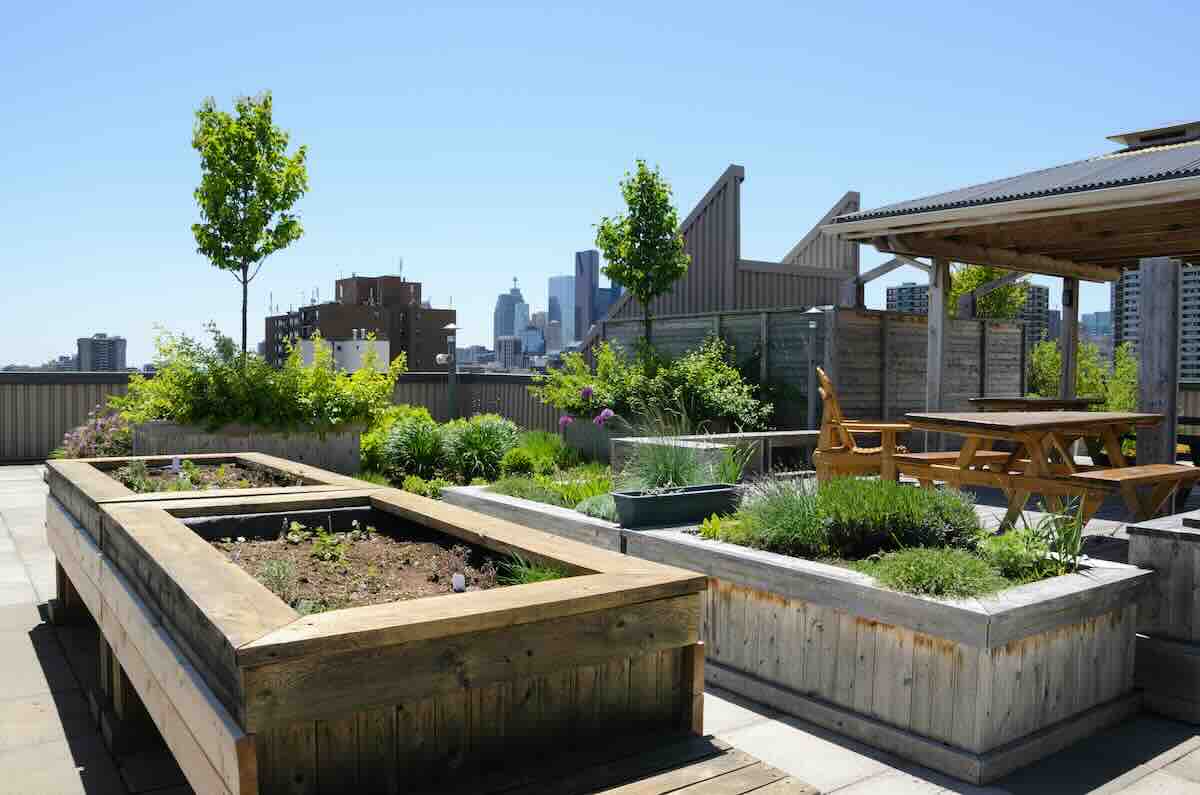
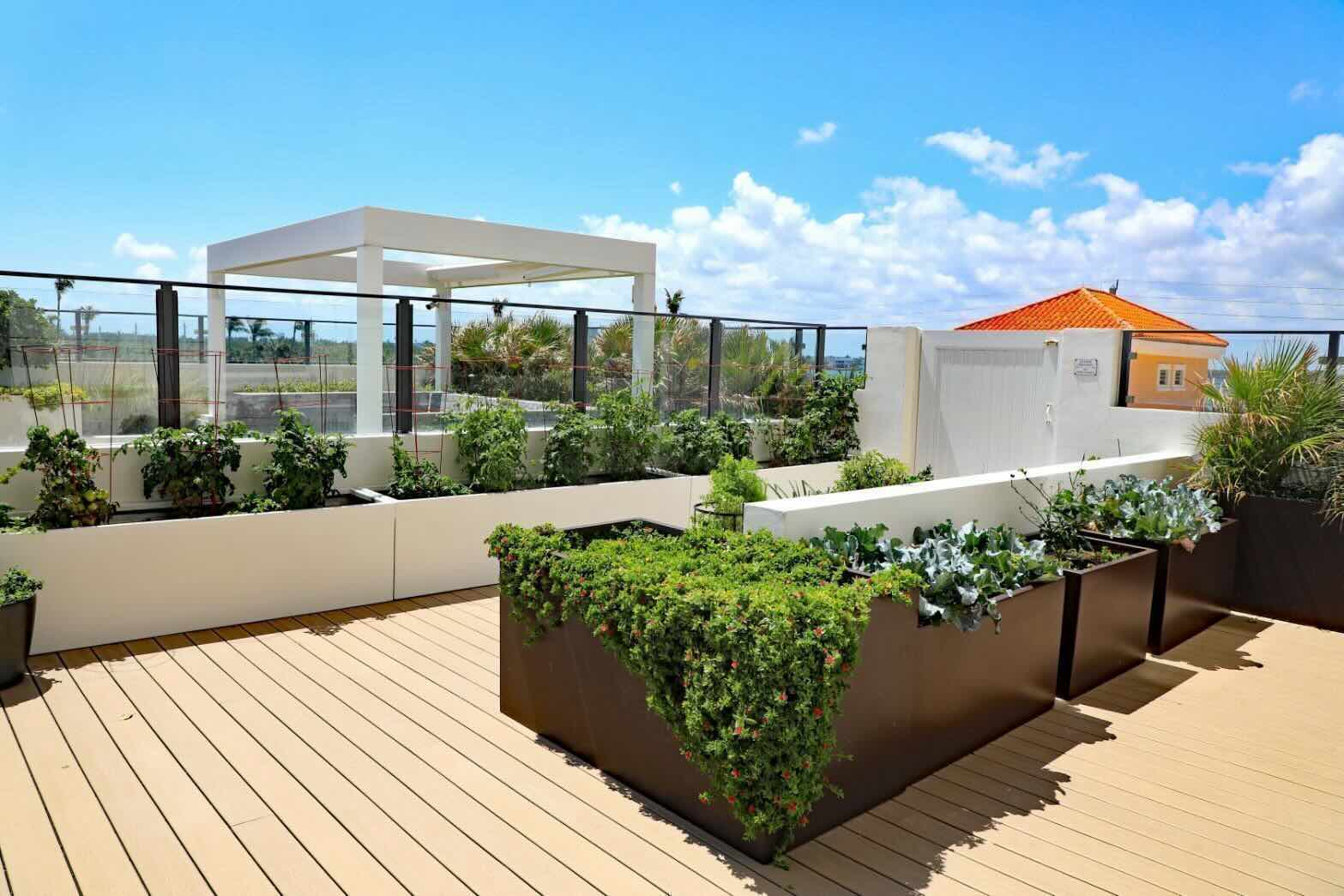

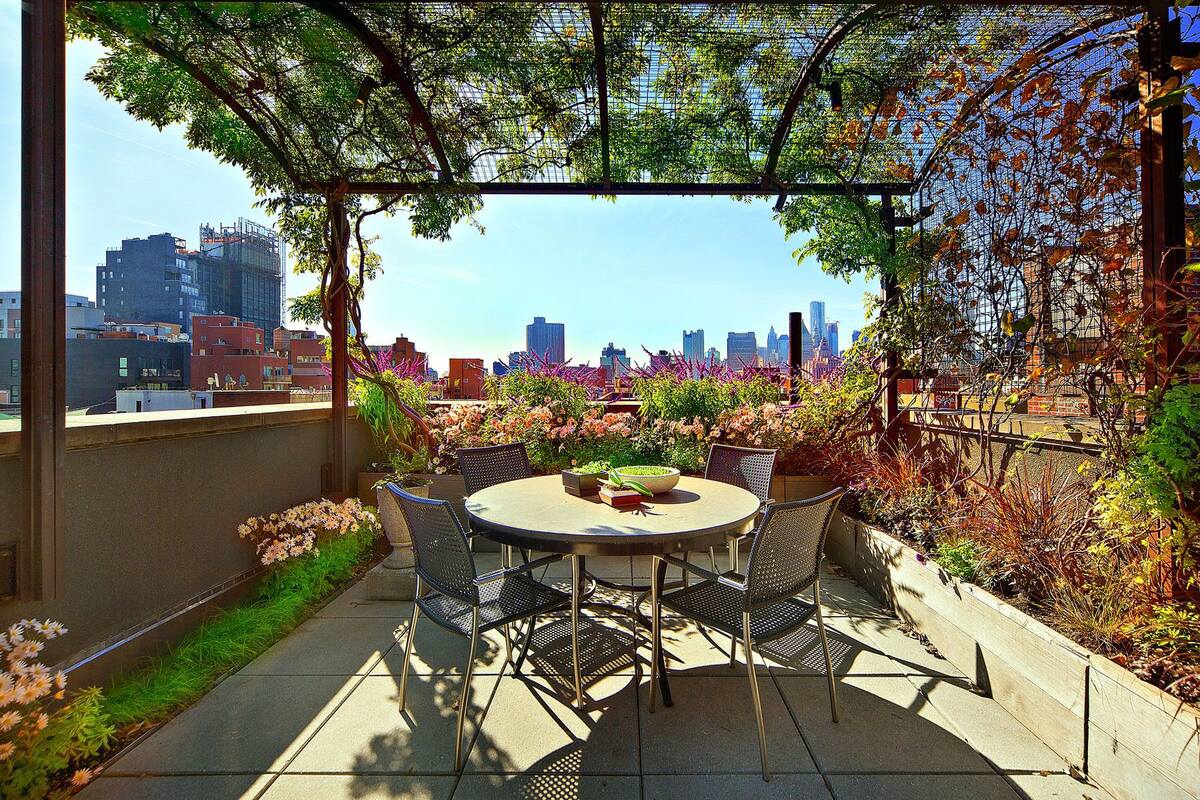
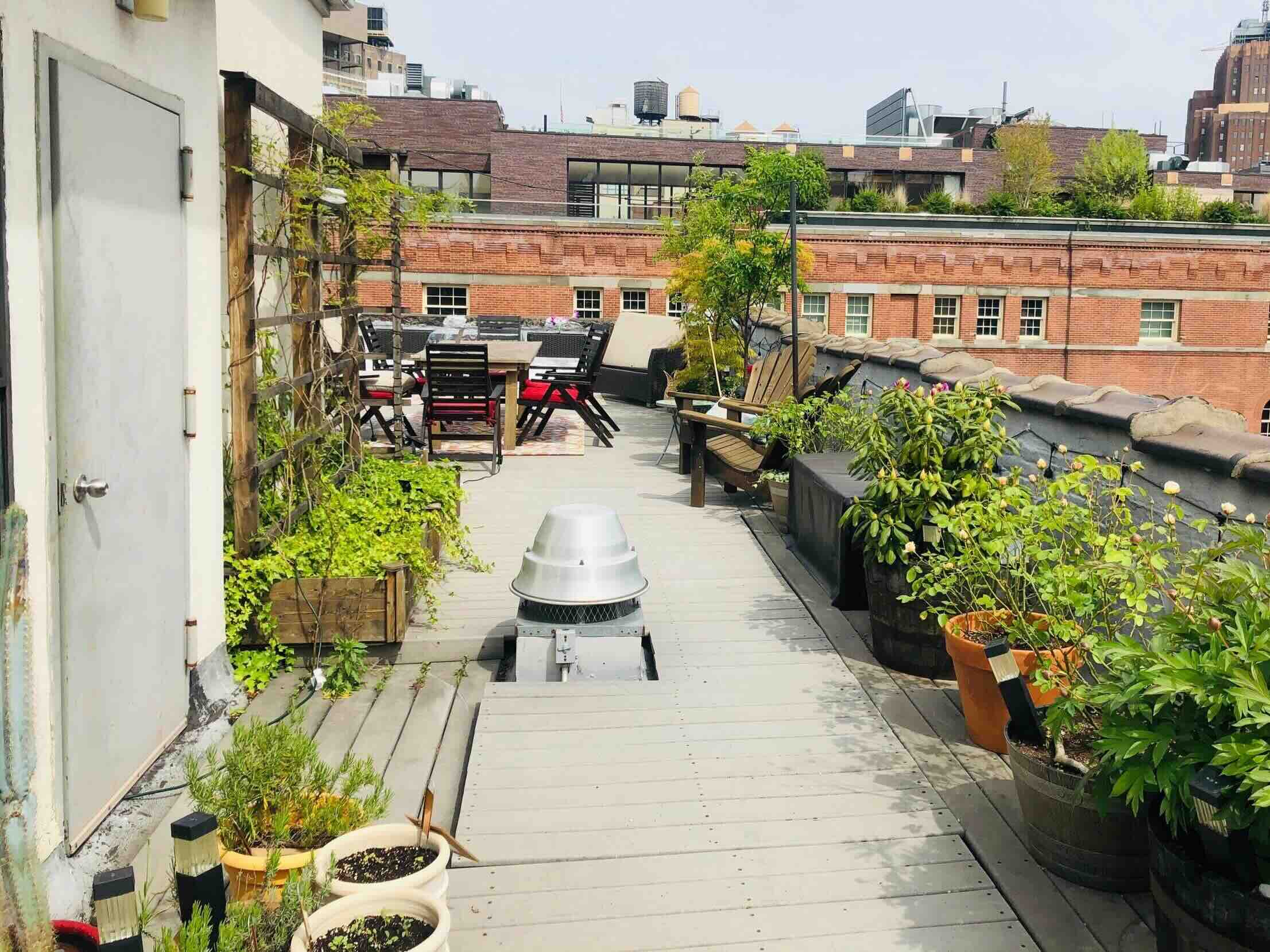
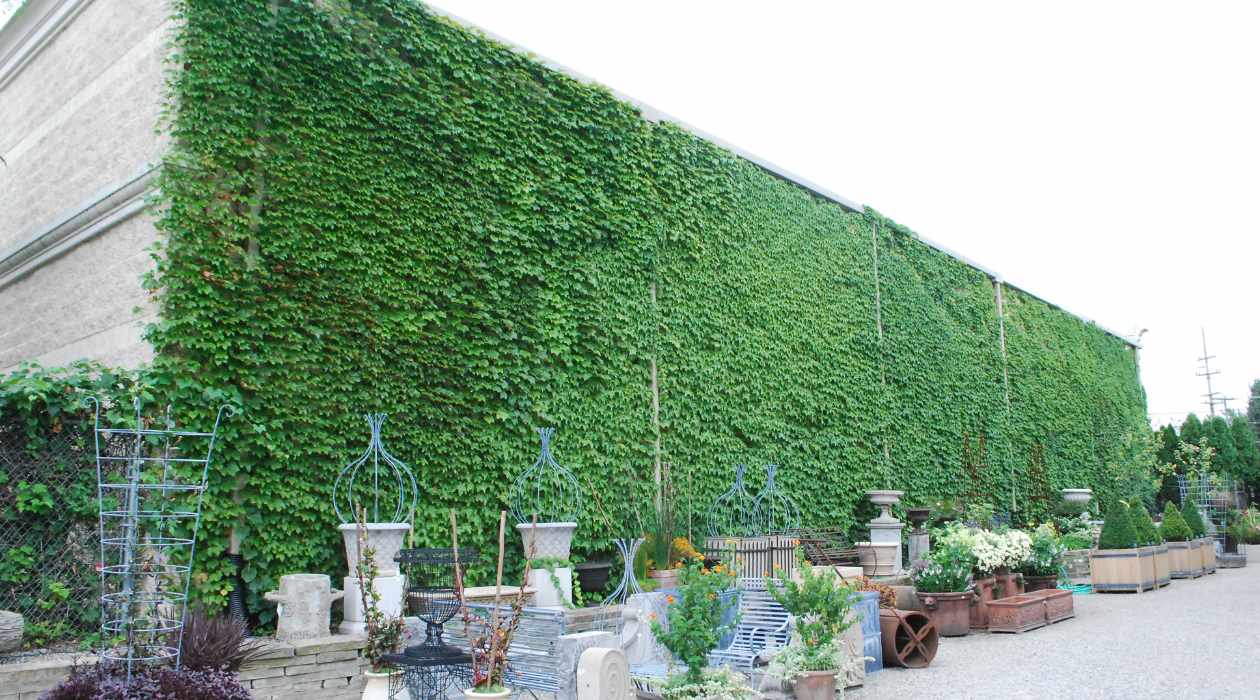


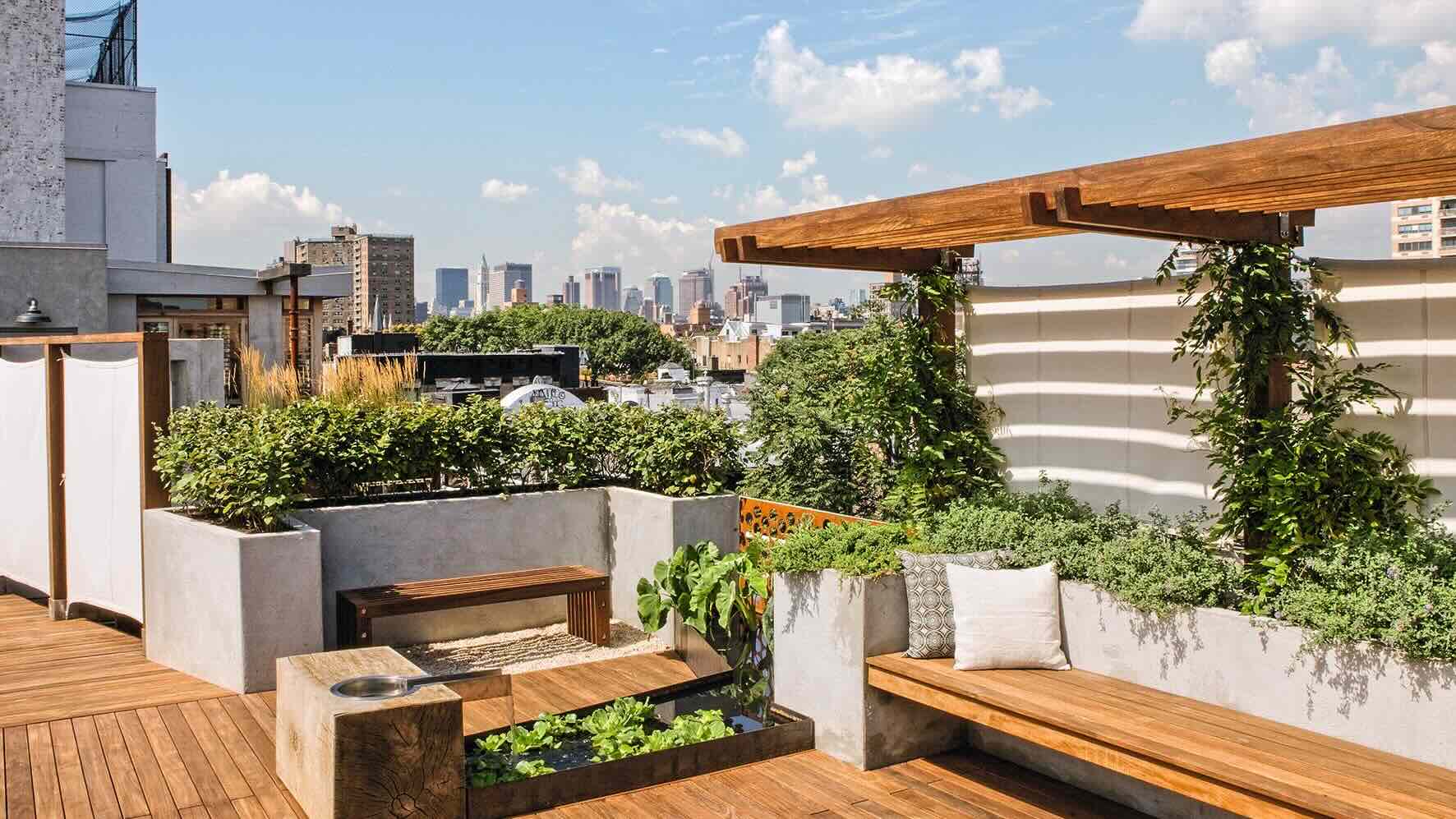
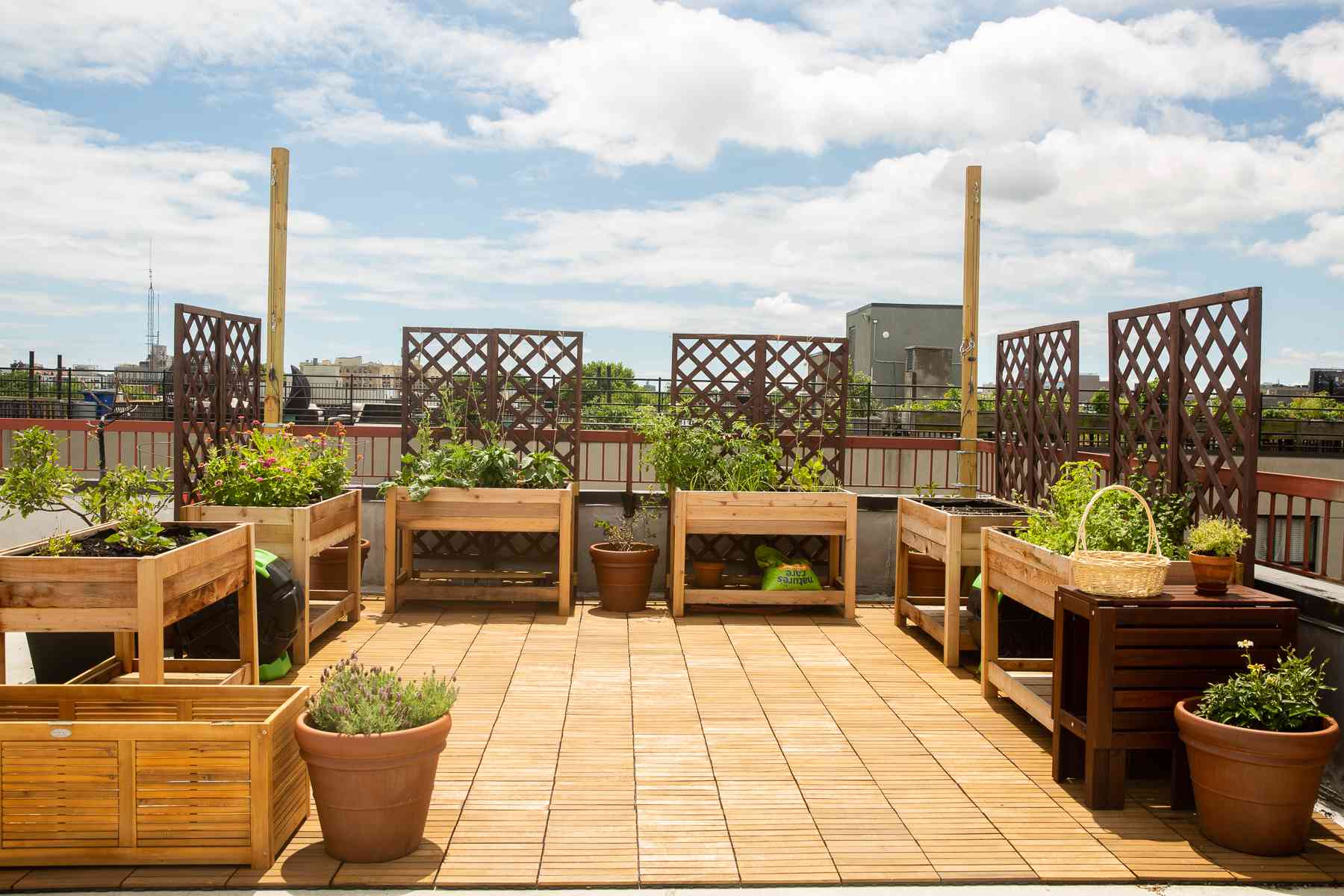
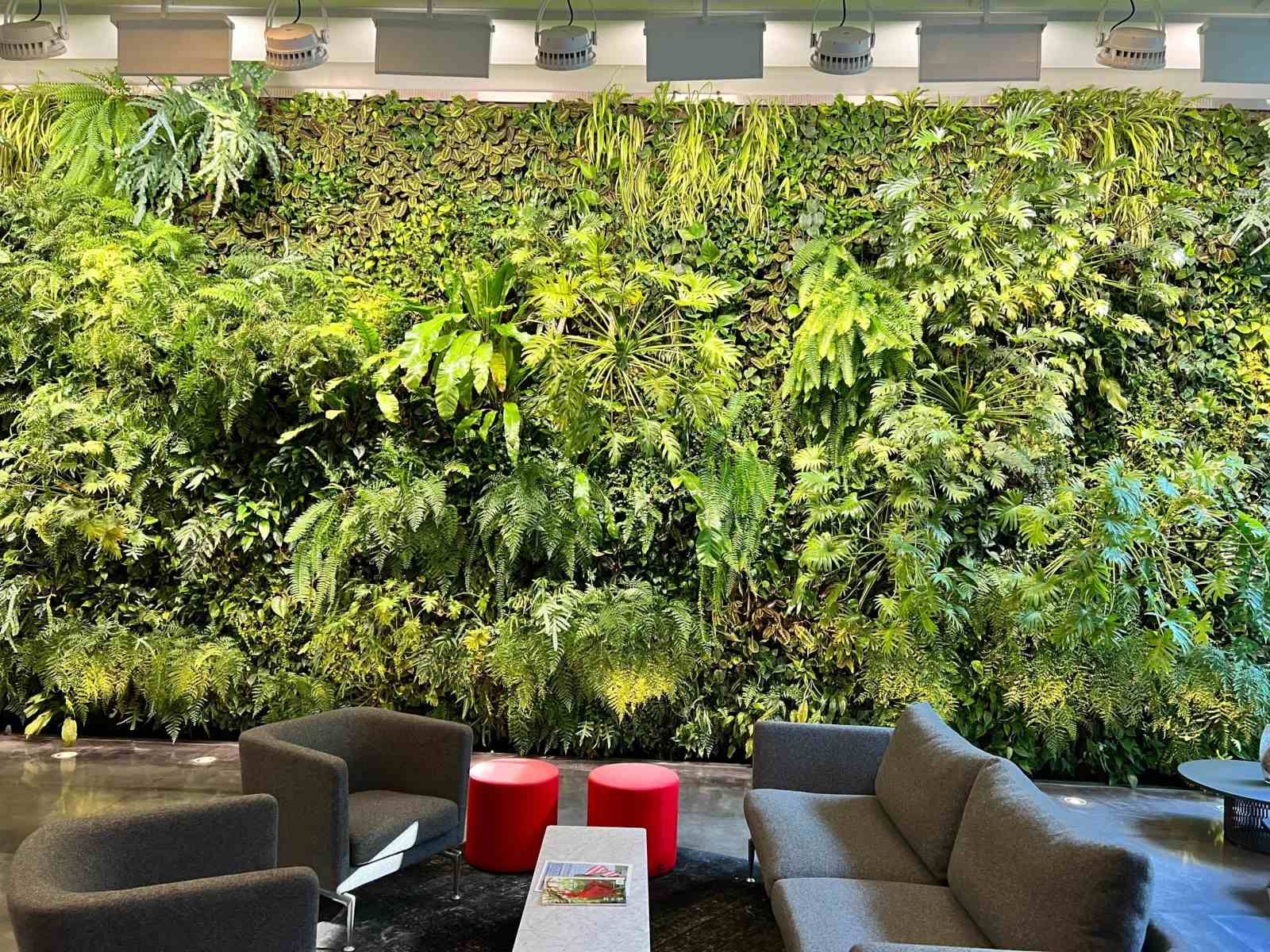
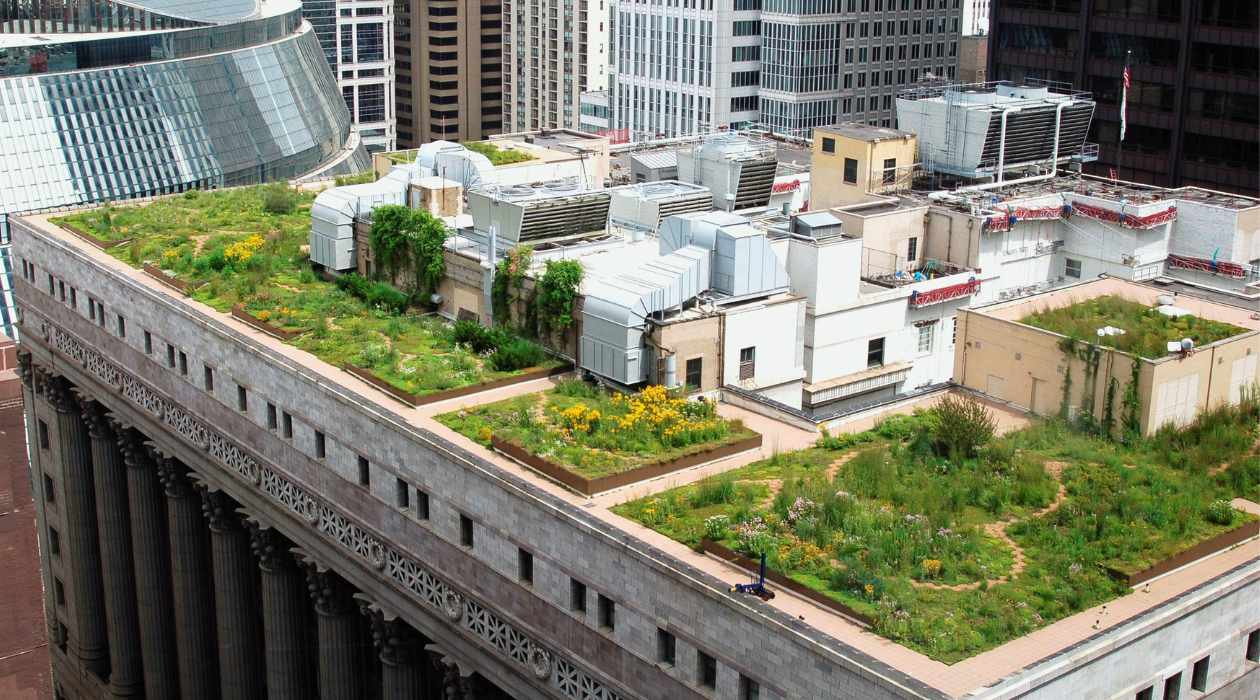



0 thoughts on “How Does A Rooftop Garden Function”